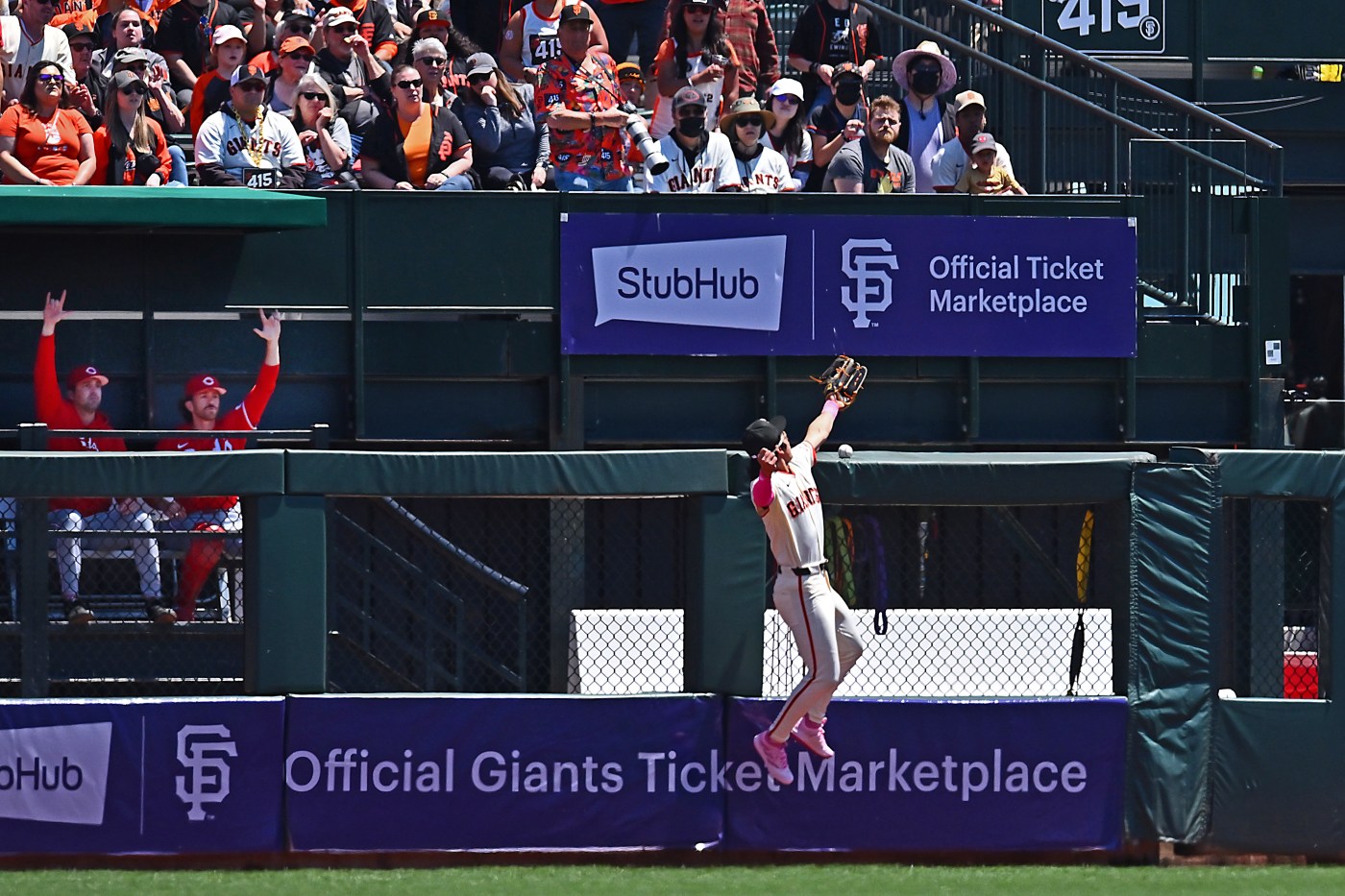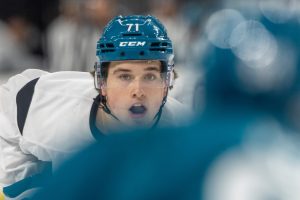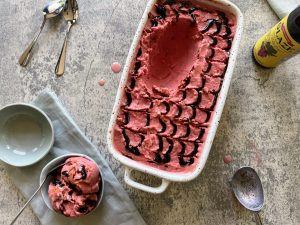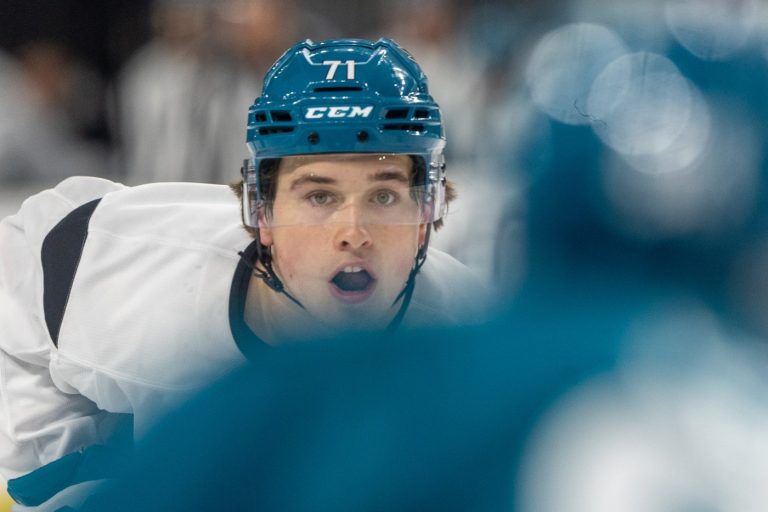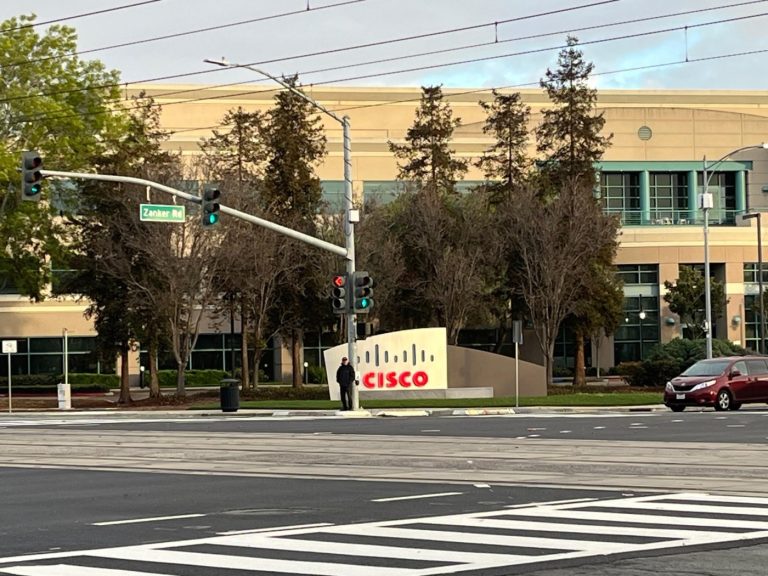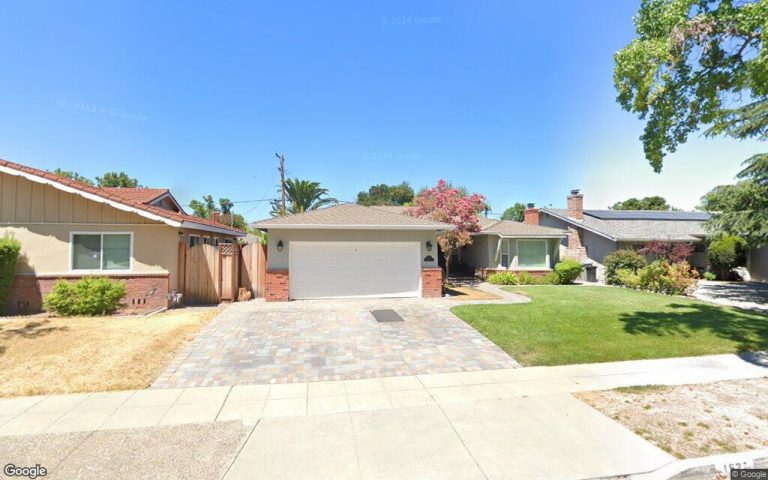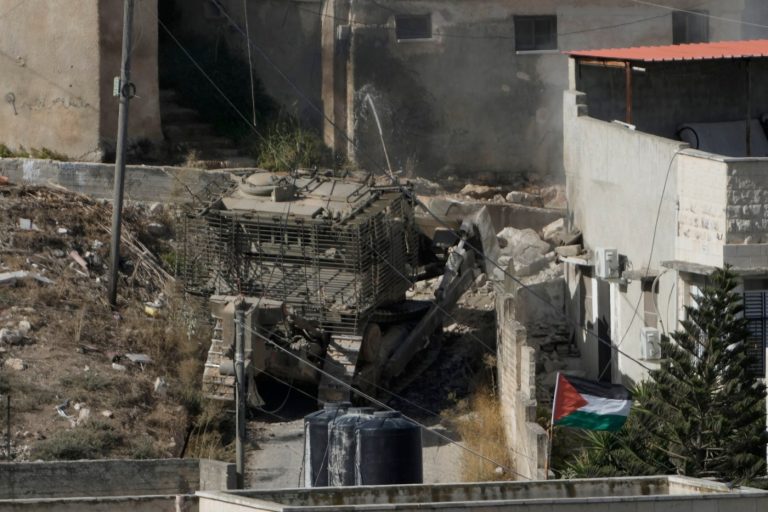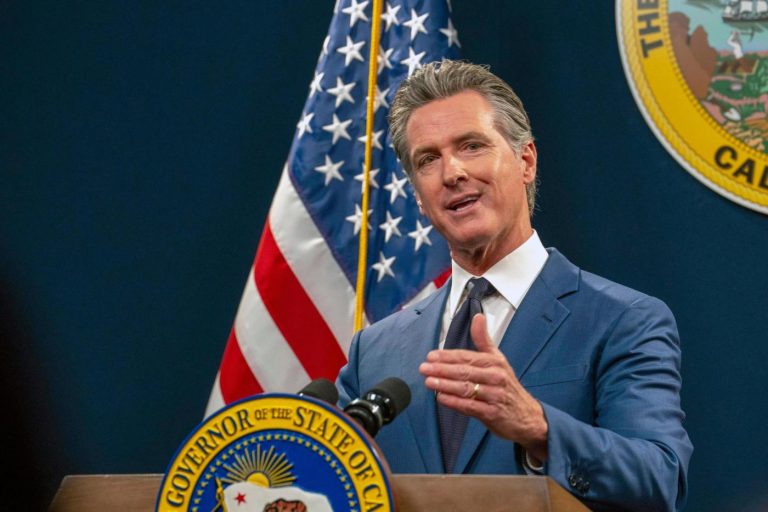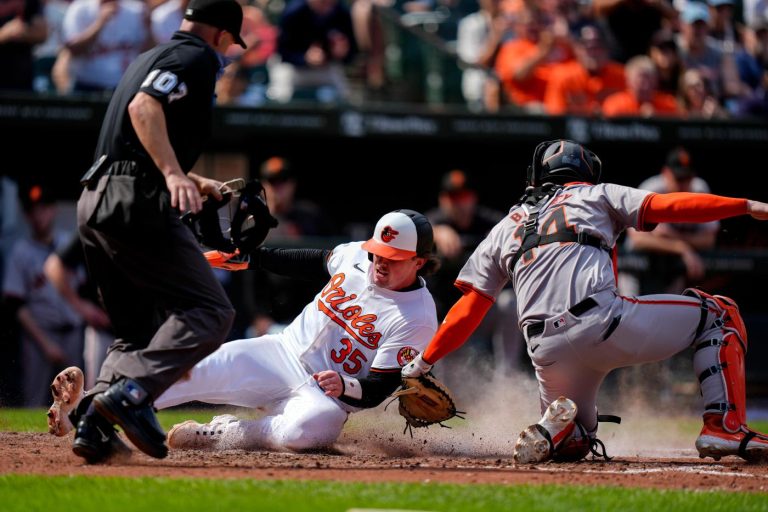SAN FRANCISCO — When Austin Slater, and then Jung Hoo Lee, and then Luis Matos, who miraculously escaped unscathed, went crashing into the same vicinity of the outfield fence of Oracle Park on the same home stand earlier this month, it elicited a new topic of discussion among the Giants’ fan base.
What purpose does that chain-link portion serve? Why not pad the entire wall? If that quirk contributed to the Giants’ growing list of injured players, should it exist at all?
Turns out, fans weren’t the only ones asking those questions.
Before first pitch this past weekend at Citi Field, Slater huddled outside the third base dugout with the head of the club’s training staff, Dave Groeschner, and its second-ranking baseball official, general manager Pete Putila. They checked in on Slater’s progress in concussion protocol, and then Putila shifted gears to his curiosity regarding what could have potentially led to the third and most severe concussion of Slater’s career and the stunning string of injuries.
“It’s something that I think we need to talk about. I mean, there’s other fields like that around the league. But we had three plays like that in the span of, what, three days?” Slater said. “It’s something that I think was on Pete’s mind. He was asking about it. I think if the front office believes that it’s something that could help, I would imagine that they’ll make a change. If they think it was just a freak play, maybe that didn’t have an impact, then maybe they won’t. I don’t feel super strongly about it one way or another. If there’s a way to reduce potential risk, then it’s worth exploring.”
Putila confirmed that he raised the topic with Slater, but said it was more of a fact-finding mission. The front office is open to hearing from its players and wants to maximize their health and safety — they’re paying them to be on the field, after all — but they weren’t considering any immediate changes.
The segment of the wall in question exists in two places along the flat stretch in center field, 391 feet from home plate, where the green padding present in the rest of left and center field recesses into two cutouts that provide each team’s relievers a view of the game from their respective bullpens through the chain-link.
It would hardly be unprecedented to adjust the alignment of the bullpens or the outfield wall at Oracle Park. In 2020, the team moved the bullpens from foul territory, where they had existed since the ballpark opened in 2000, to their current location, reducing the distance from home plate to the center field wall by 8 feet and the height of the wall, from 8 feet tall to 7 feet.
To consider another change, the front office would have to determine what impact the original alterations may have had. As reliever Ryan Walker noted, “I don’t remember anything like that happening last year.”
“Obviously what’s happened is unfortunate and we don’t want that to happen at all, but I think the make of the fence isn’t really the pure reason for that,” added outfielder Mike Yastrzemski. “It’s just bad luck.”
Assistant pitching coach J.P. Martinez was positioned on the bullpen bench inches beyond the warning track as Slater gave chase to a deep drive from Cincinnati’s Spencer Steer. He yelled, “Fence!” as Slater quickly closed ground, but it was too late. The outfielder’s body sank into the chain-link and his head collided with the top of the wall.
In Lee’s case, two days later, the rookie center fielder attempted a home run robbery of the Reds’ Jeimer Candelario but hit the wall awkwardly, separating his left shoulder from its socket. Lee will require season-ending surgery, and while Matos averted a similar fate making a spectacular leaping grab in the same area later on the home stand he still banged up his knee going into the chain-link.
“Slater probably hits his head on the wall there, regardless. Jung Hoo’s arm is still going to hit the wall when he’s coming down. So it’s not necessarily a construction issue,” Yastrzemski said. “It’s just unfortunate accidents where guys are playing as hard as they possibly can and putting their bodies on the line. Sometimes that’s what happens.”
Yastrzemski has become a master at navigating the unique dimensions of the Giants’ home ballpark, especially its trickiest areas around Triple’s Alley and the brick wall in right field, but it’s something he’s learned through trial and error in five-plus seasons of playing there.
He once sprained his thumb jumping into the bricks, so when Mookie Betts lined a ball toward the wall when the Dodgers were in town this month, Yastrzemski instead planted a cleat in the bricks and used that to leverage his body upward, rather than into the hard surface.
“Having already experienced that before I tried to use my surroundings a little better and recognize that I could put a cleat in the wall to get myself going vertical,” Yastrzemski said. “I think any outfielder will tell you no matter what wall is out there, you’ve got to figure out a way to play it. It’s just a matter of putting in as many reps and as much effort into know your surroundings and trying to play as safely and aggressively as possible.”
In the aftermath of his injury, Lee acknowledged that he would maybe have to think twice about going all-out for fly balls in the future, which might have comforted the Giants, coming from a man in whom they invested close to $130 million and who in six weeks had numerous run-ins with outfield walls.
One complicating factor in Lee’s case, he told team officials, was that home run robberies weren’t a common occurrence in Korea. The outfield walls are typically much taller, making any effort to bring one back negligible.
Slater also mentioned the height of the wall, that chain-link cutouts are common around the league — they existed at both ballparks the Giants visited on their most recent road trip — but where they are at Oracle is lower than most other parks.
The chain link also isn’t aligned with the padding, creating a gap of 6-8 inches. Bringing the opening flush with the wall “potentially” could help, Slater said.
“Just to help you keep your body square. I think what happened with me was my body went in (to the cutout) and my head just hit the top of the wall,” Slater said. “Maybe there is something with the indent of the fence and how that can affect how you bounce off the wall. But I think one of my other concussions I ran into a flat-facing wall, too. A lot of it is just how your body is positioned when you hit it and how fast you’re going when you hit it.”
Not to be forgotten: the dozen or so pitchers and coaches on each side who use the cut-out as their viewing angle for the game. Without the see-though chain link, the only options for watching the action from the bullpens would be to perch high up on a bench to peek over the wall or to tune in on a television monitor.
Related Articles
SF Giants end wacky road trip with walkoff loss to Mets
SF Giants sit Marco Luciano for 2nd straight game amid defensive woes
No-hit for 5 innings, SF Giants still find a way to beat Mets
Cardiac Giants do it again, then barely hang on to beat Mets
SF Giants sign Drew Pomeranz, out of MLB since 2021, to boost bullpen
“Is there anything more important than keeping our outfielders healthy?” Walker asked, answering his own hypothetical. “No.”
“I mean, Jung Hoo’s had nothing to do with the chainlink fence. It could’ve been plastic,” added Sean Hjelle. “It’s just a super unfortunate moment. It’d be nice to be able to watch the game still. I’d rather be able to see the game and know what’s going on than all of a sudden hear a phone call to get loose.”
“If they were to pad it, I don’t know where we’d be able to watch,” Walker continued. “Their health is more important than us watching the game. If it comes to that, I’ll all for it.”
So, should the Giants consider changes? Would it help? Or was it just another string of random events in a sport full of them?
“It’s hard to say,” Slater said. “But it’s worth exploring.”
